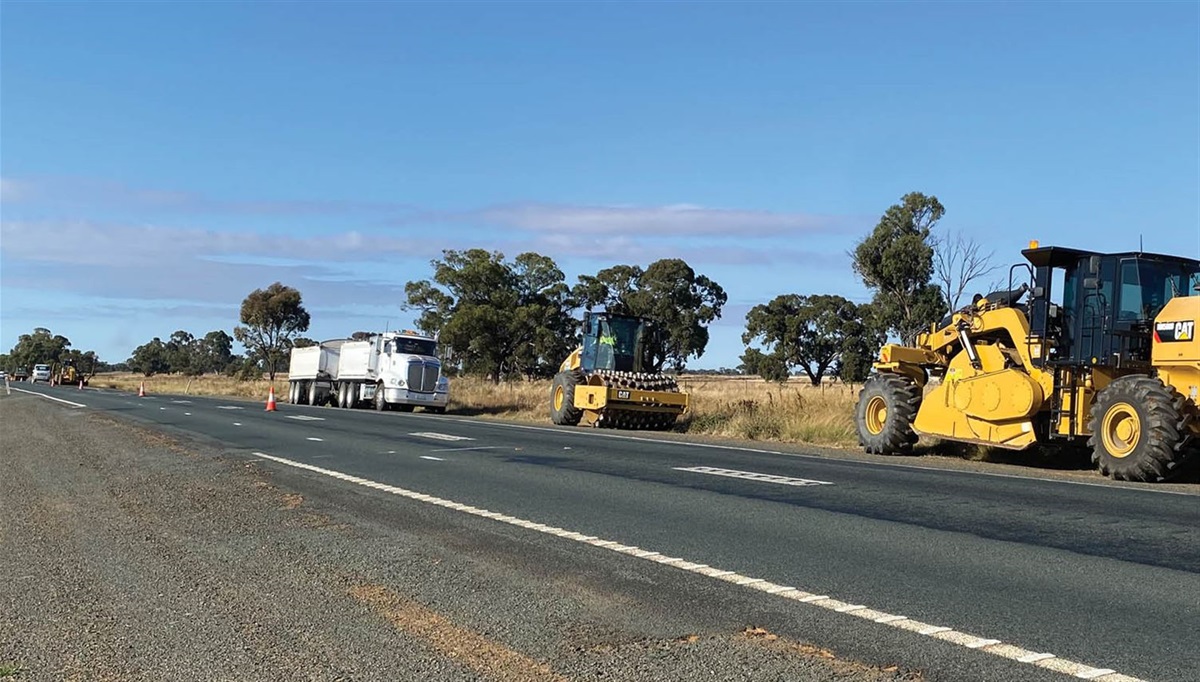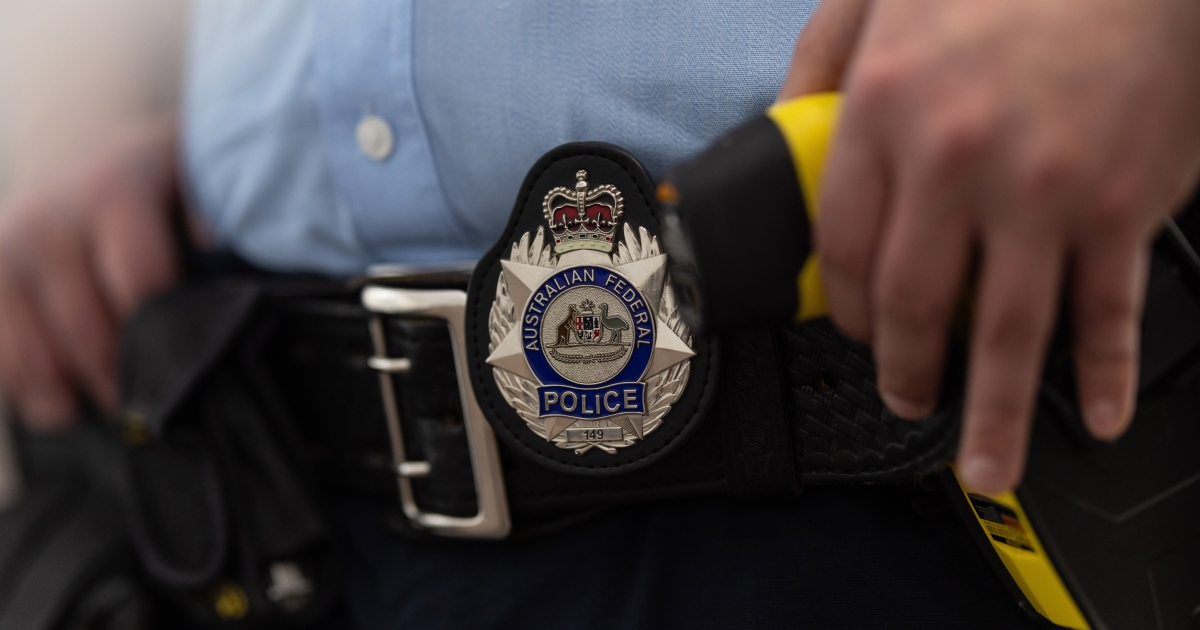Road authorities and rail infrastructure managers are urged to ensure they have interface agreements in place to collectively manage risk at level crossings, the Australian Transport Safety Bureau’s final report from its investigation into a fatal accident in Brisbane’s east highlights.
A motorist was fatally injured in a collision with a passenger train at the Kianawah Road level crossing, near Lindum Station in Wynnum West, on the afternoon of 26 February 2021.
The ATSB investigation into the accident has concluded the motorist very likely followed the turn line markings on the road surface, past the end of the lowered boom barrier, which was not long enough to meet the Australian Standard.
“There was a 3.1 metre gap between the tip of the lowered boom barrier and the median island on the northern side of the level crossing,” ATSB Chief Commissioner Angus Mitchell said.
“With the turn line markings directing traffic towards the gap, this increased the risk of road users turning right from the intersecting road adjacent to the crossing, and bypassing the boom barrier while it was active – which is what occurred in this accident.”
While the report acknowledges the complexity of the Kianawah Road level crossing, with adjacent road intersections to both its north and south, it also notes there was no interface agreement in place between Queensland Rail and Brisbane City Council, defining how hazards and risks would be identified and managed at the crossing.
“While the ultimate preference is to avoid or remove level crossings, this is often very costly and not a practical solution,” Mr Mitchell said.
“Therefore, it is important for road authorities and rail infrastructure managers to collectively manage these risks, by entering into an interface agreement as soon as possible.”
In addition to the lack of an interface agreement, the ATSB found the crossing was not meeting the requirements of Queensland Rail’s own level crossing safety standard.
“The standard stated public and pedestrian level crossings should be assessed at least once every 5 years – but at the time of the accident, the Kianawah Road level crossing had not been assessed in 19 years,” Mr Mitchell said.
In the 5 years prior to the accident, Queensland Rail had just one person qualified to assess all their level crossings and, of the 1,138 public level crossings that required assessment within the 5-year timeframe, just 52 were completed.
“It is important that organisations are able to follow the requirements of their safety management system, as it sets the minimum safety standard to ensure the effective management of risk,” Mr Mitchell said.
Since the accident, Queensland Rail and Brisbane City Council have formalised an interface agreement encompassing all level crossings where they have a shared responsibility.
In addition, Queensland Rail has installed a new boom barrier at Kianawah Road, to meet the Australian Standard.
The operator has also trained 4 internal staff to undertake level crossing assessments, and initiated a procurement process to engage a contractor for outstanding regional assessments over the next 5 years.







